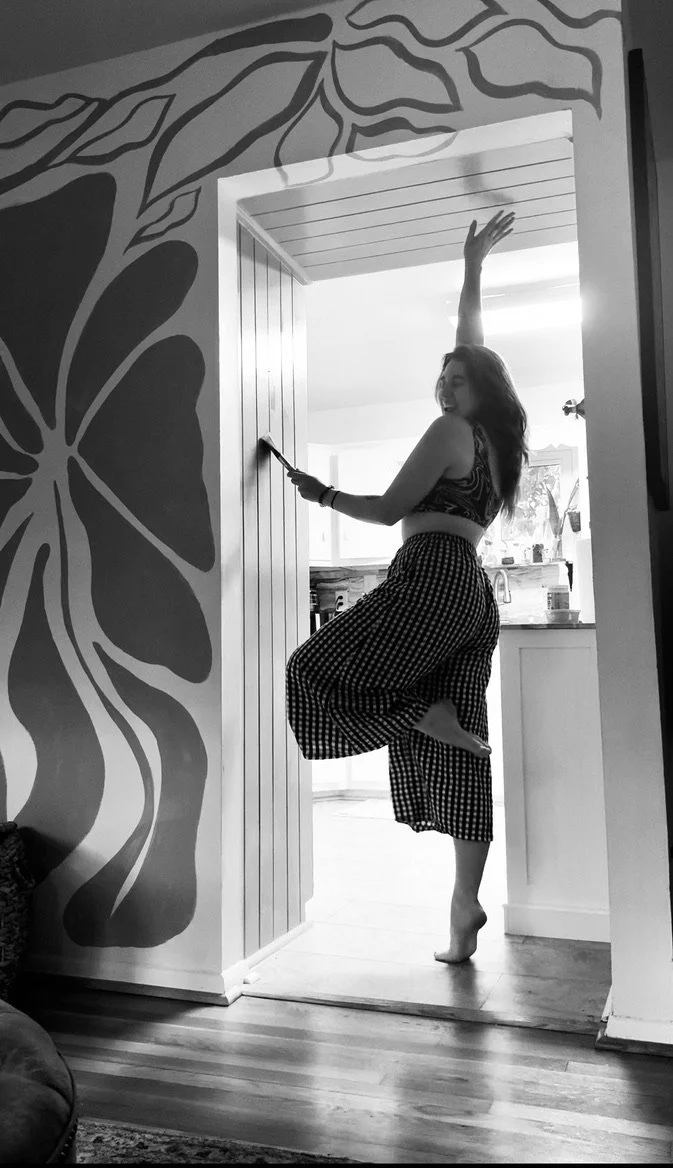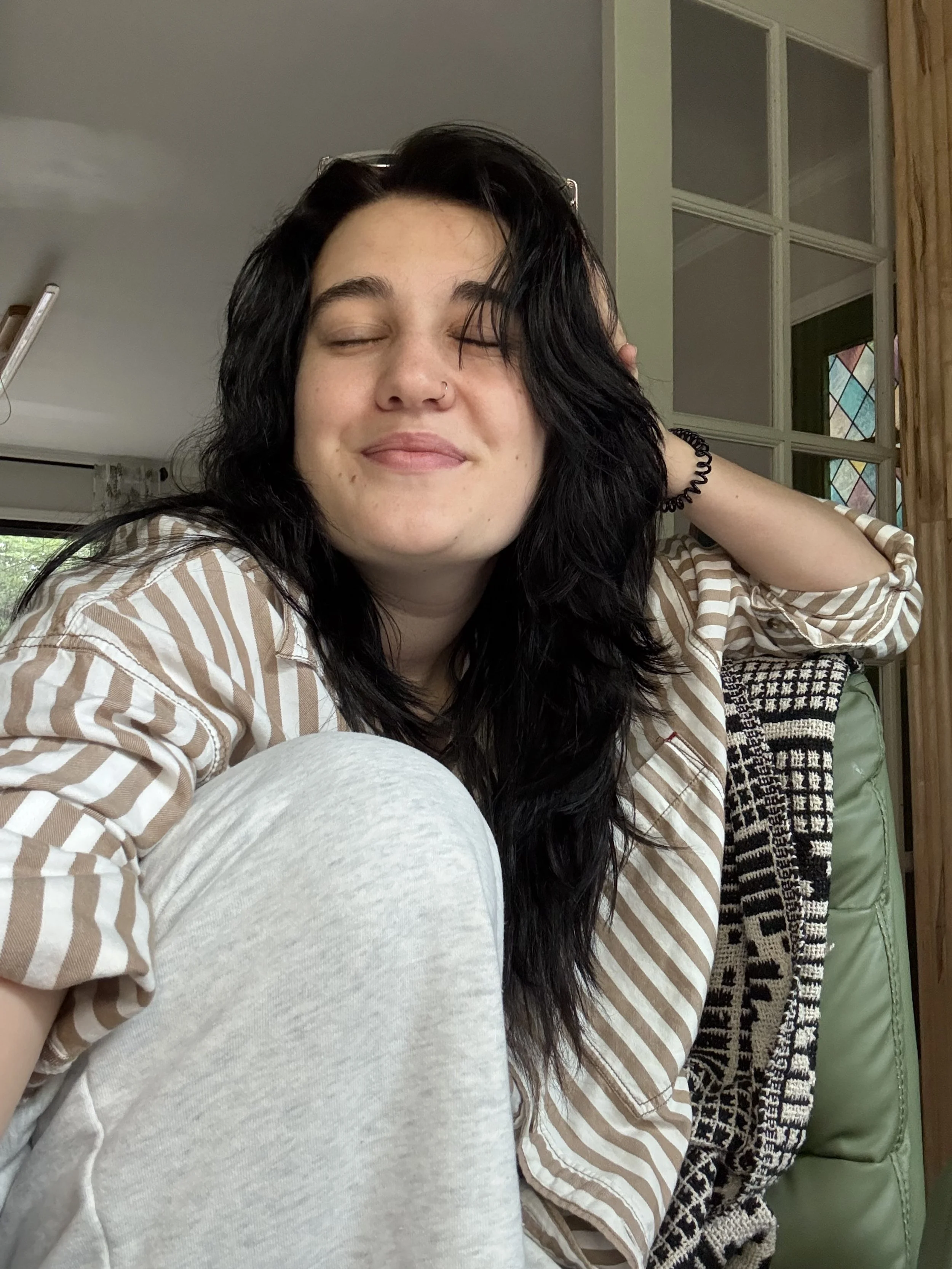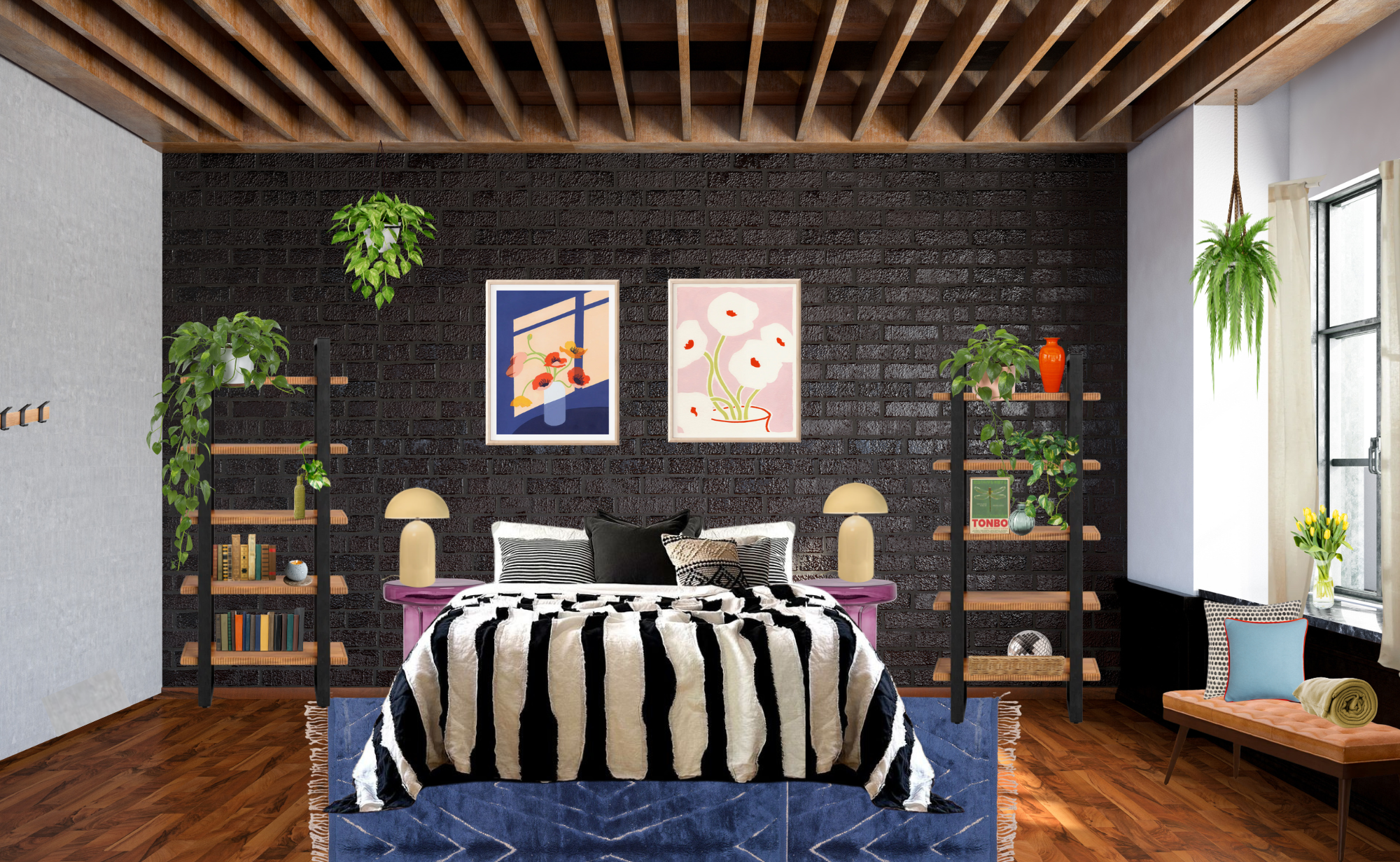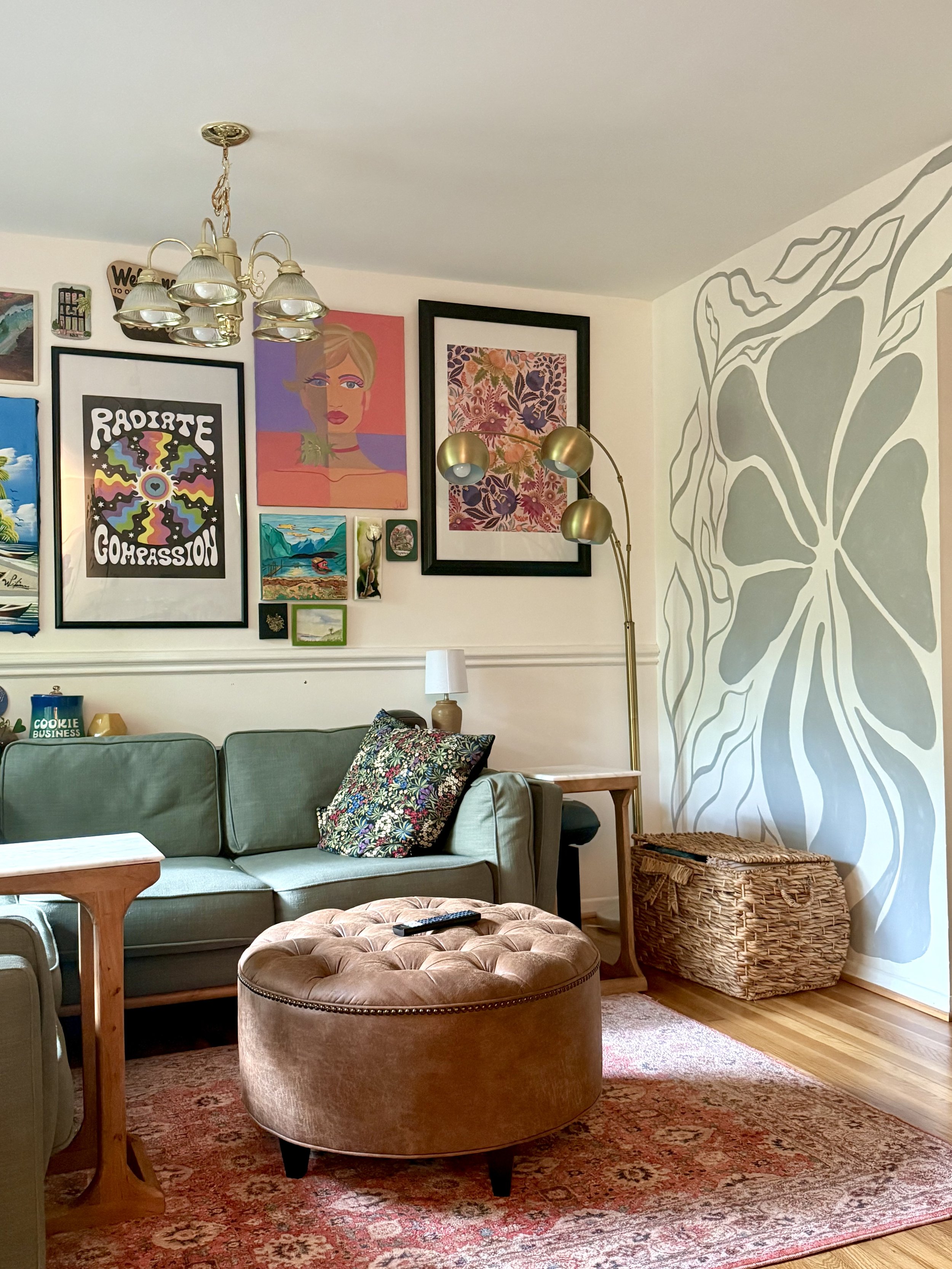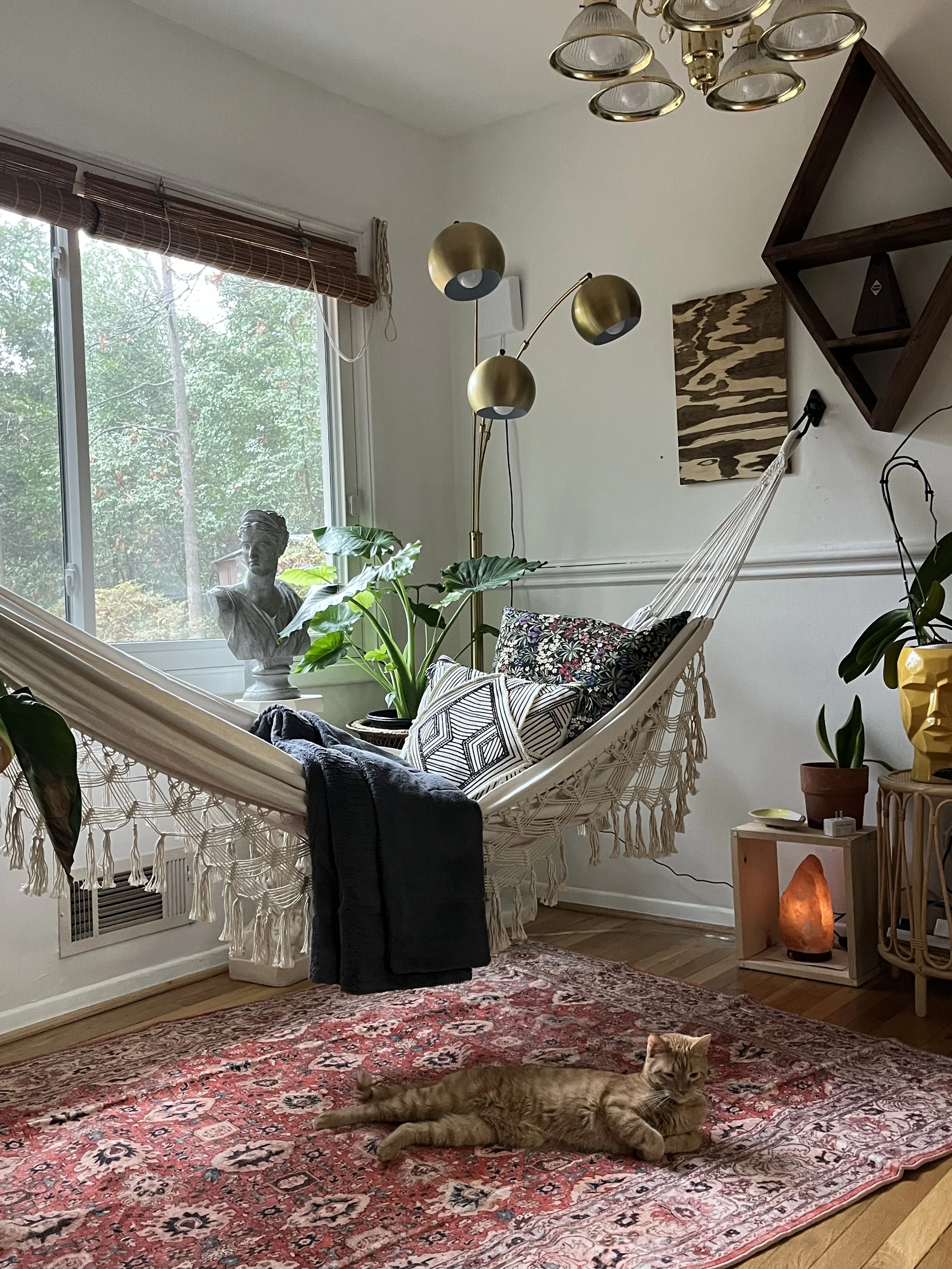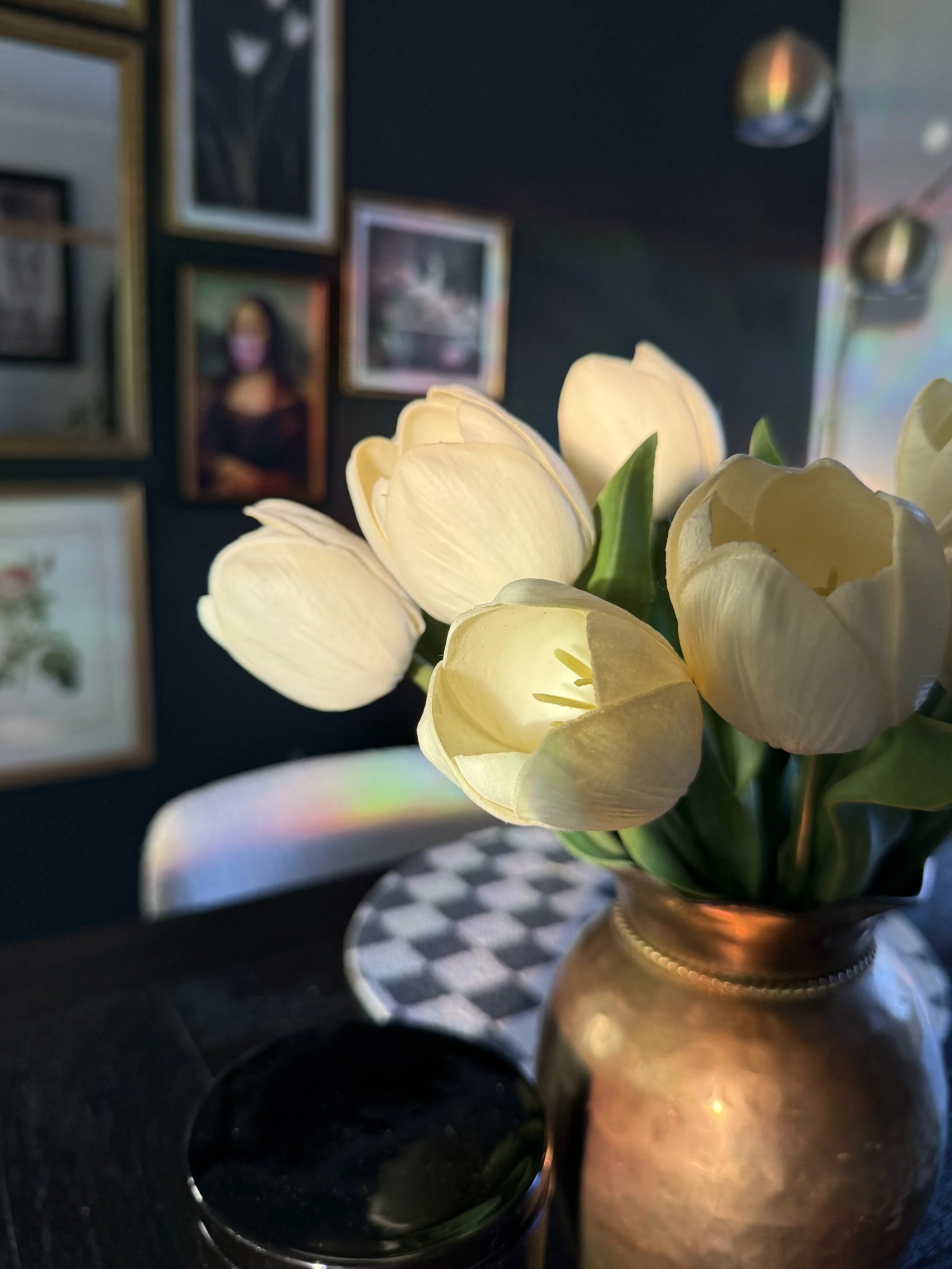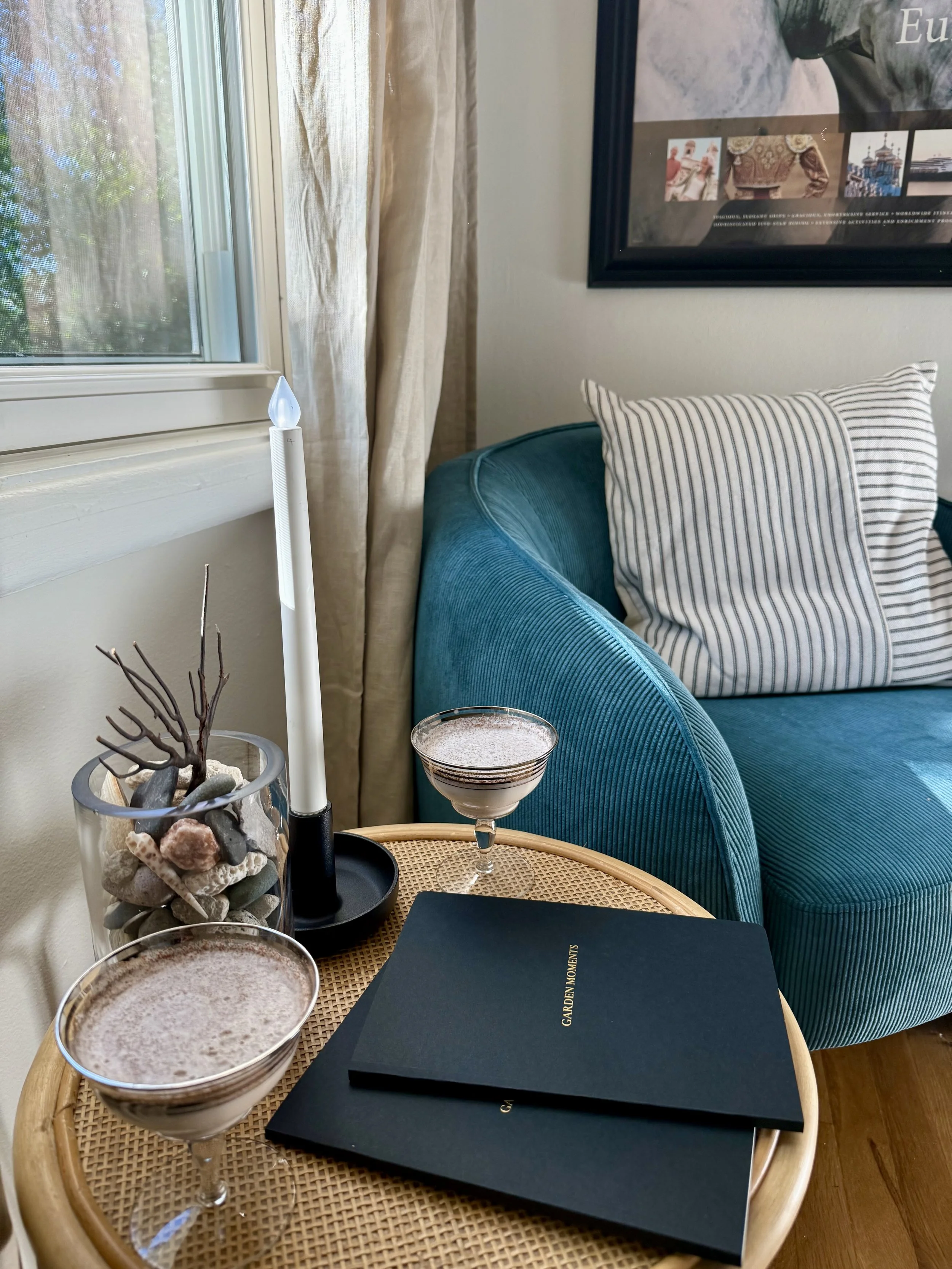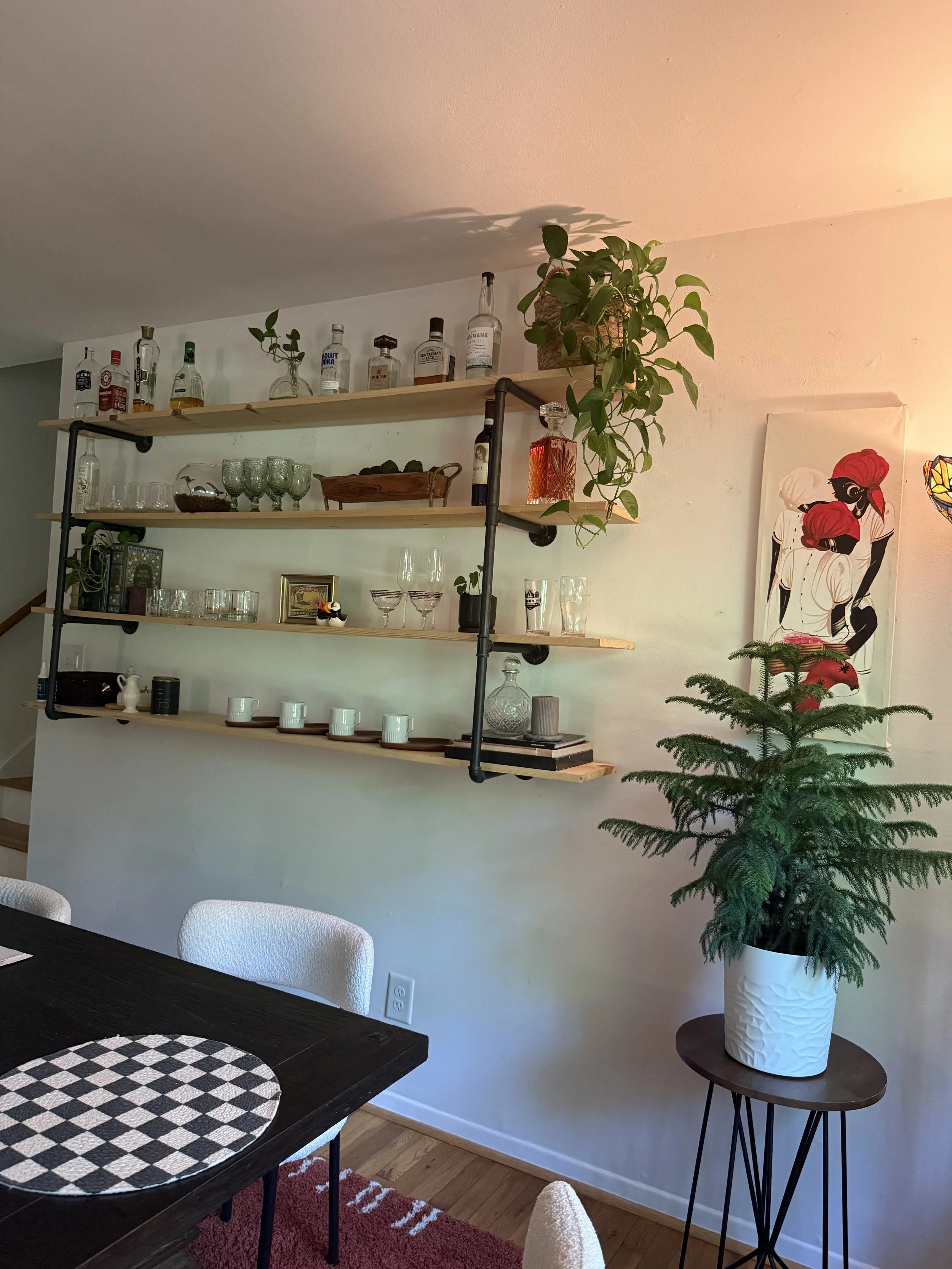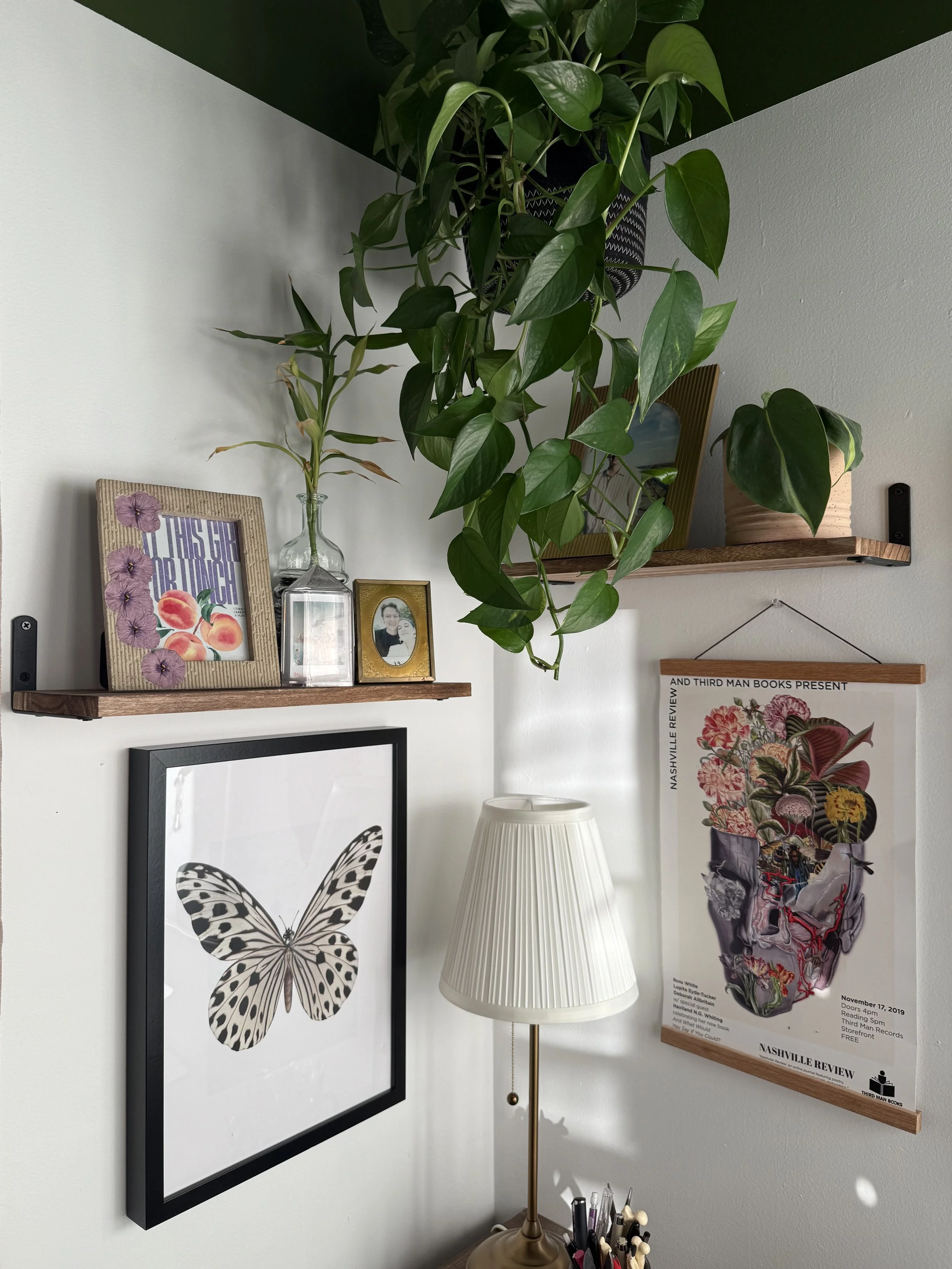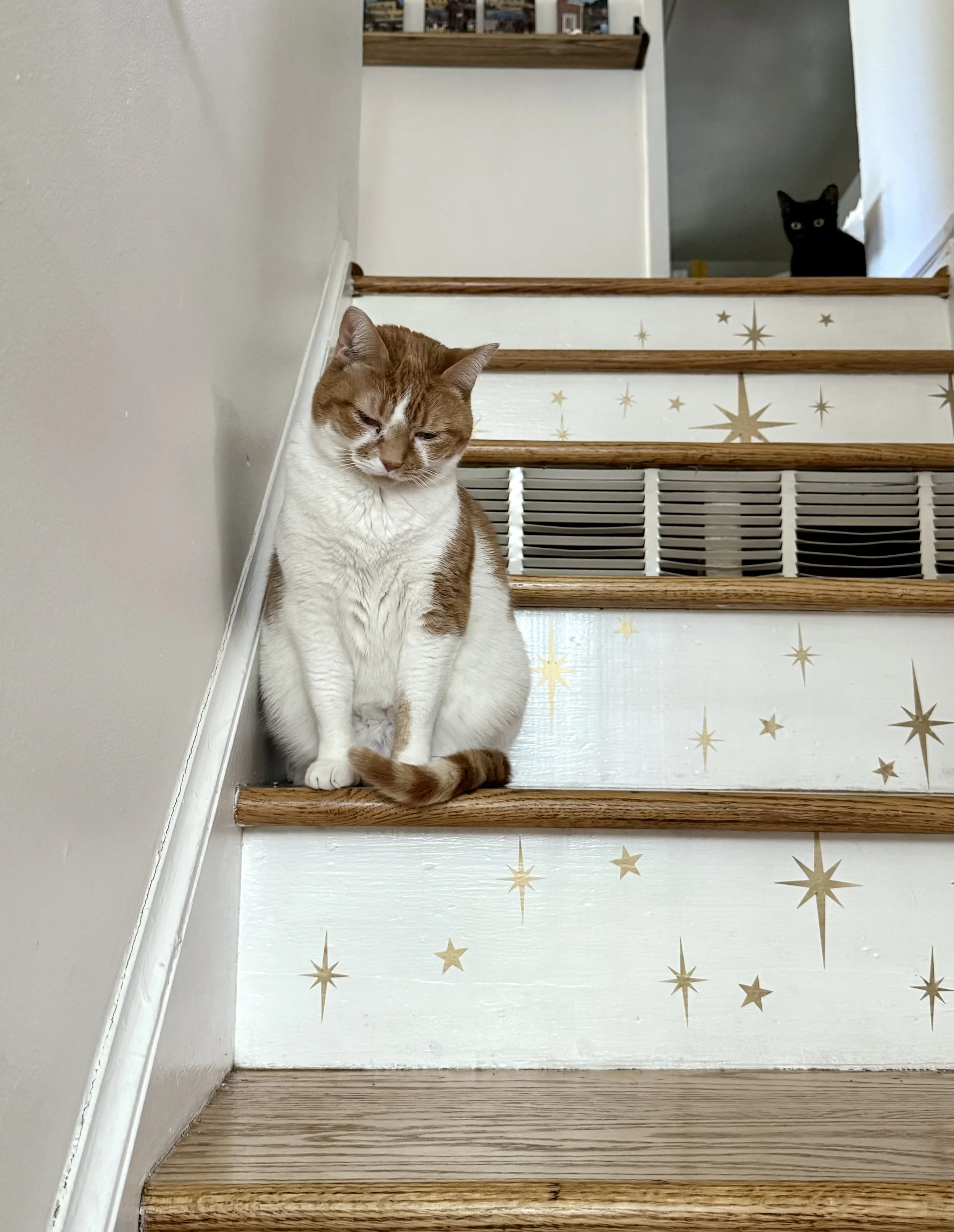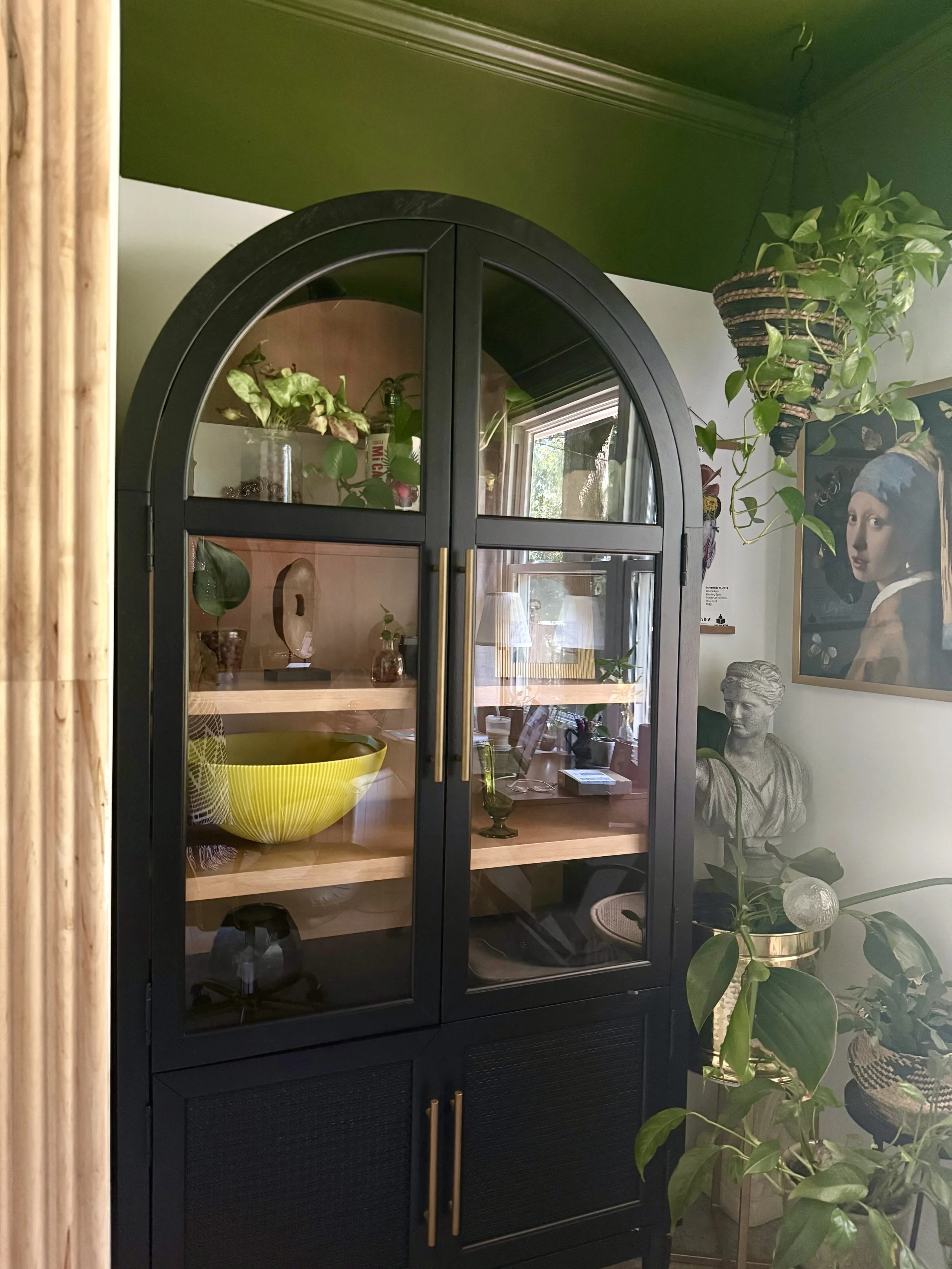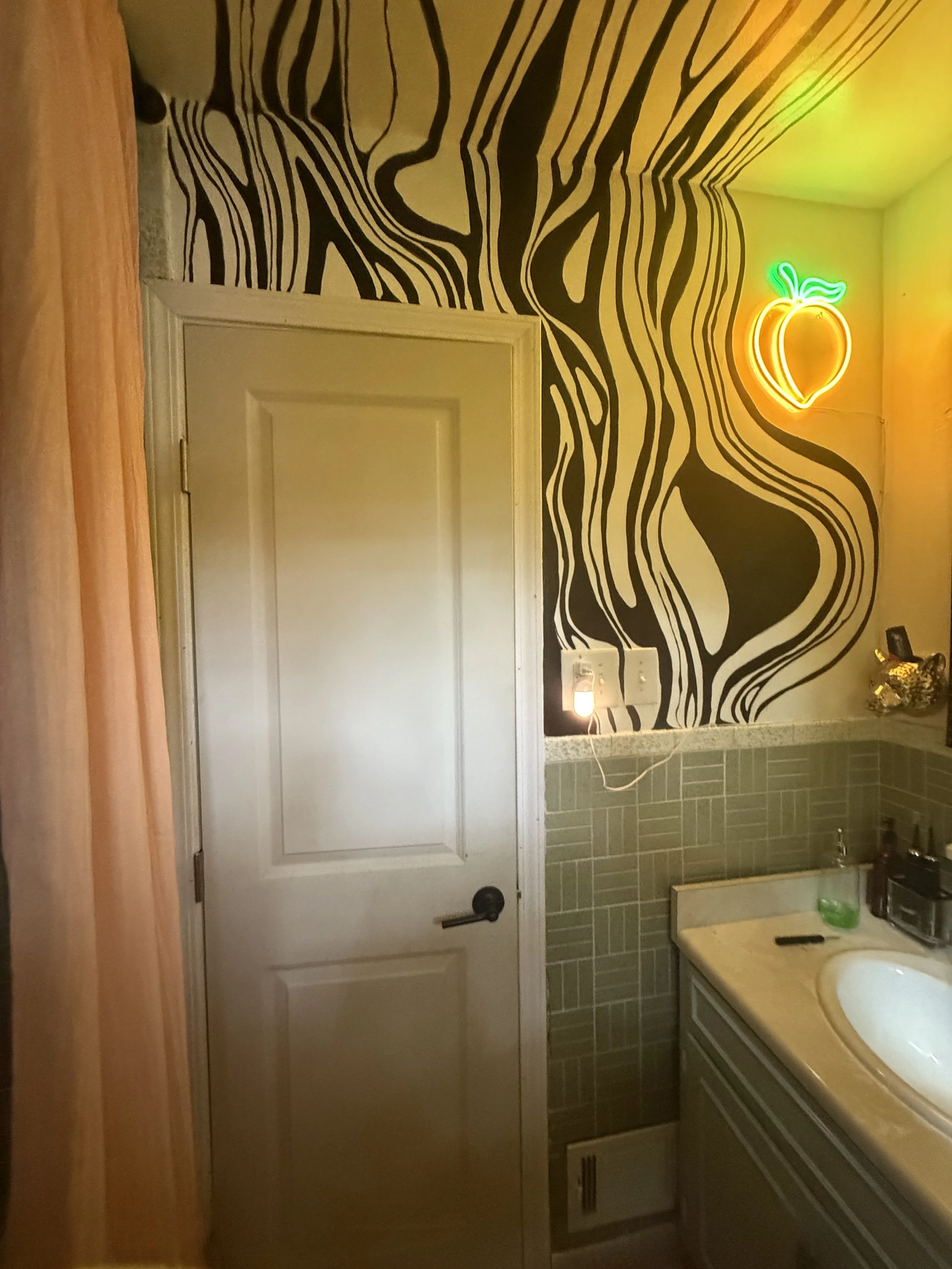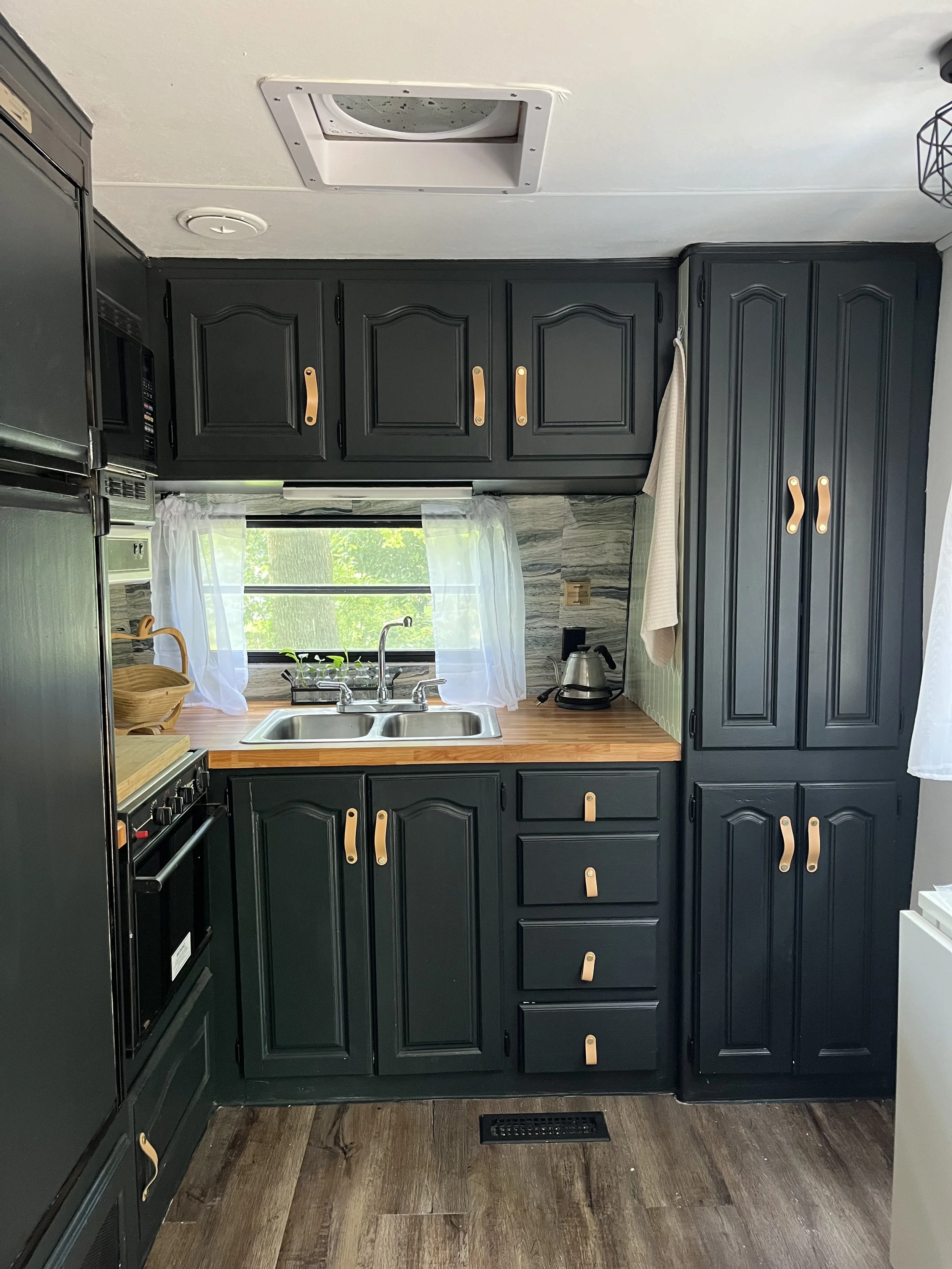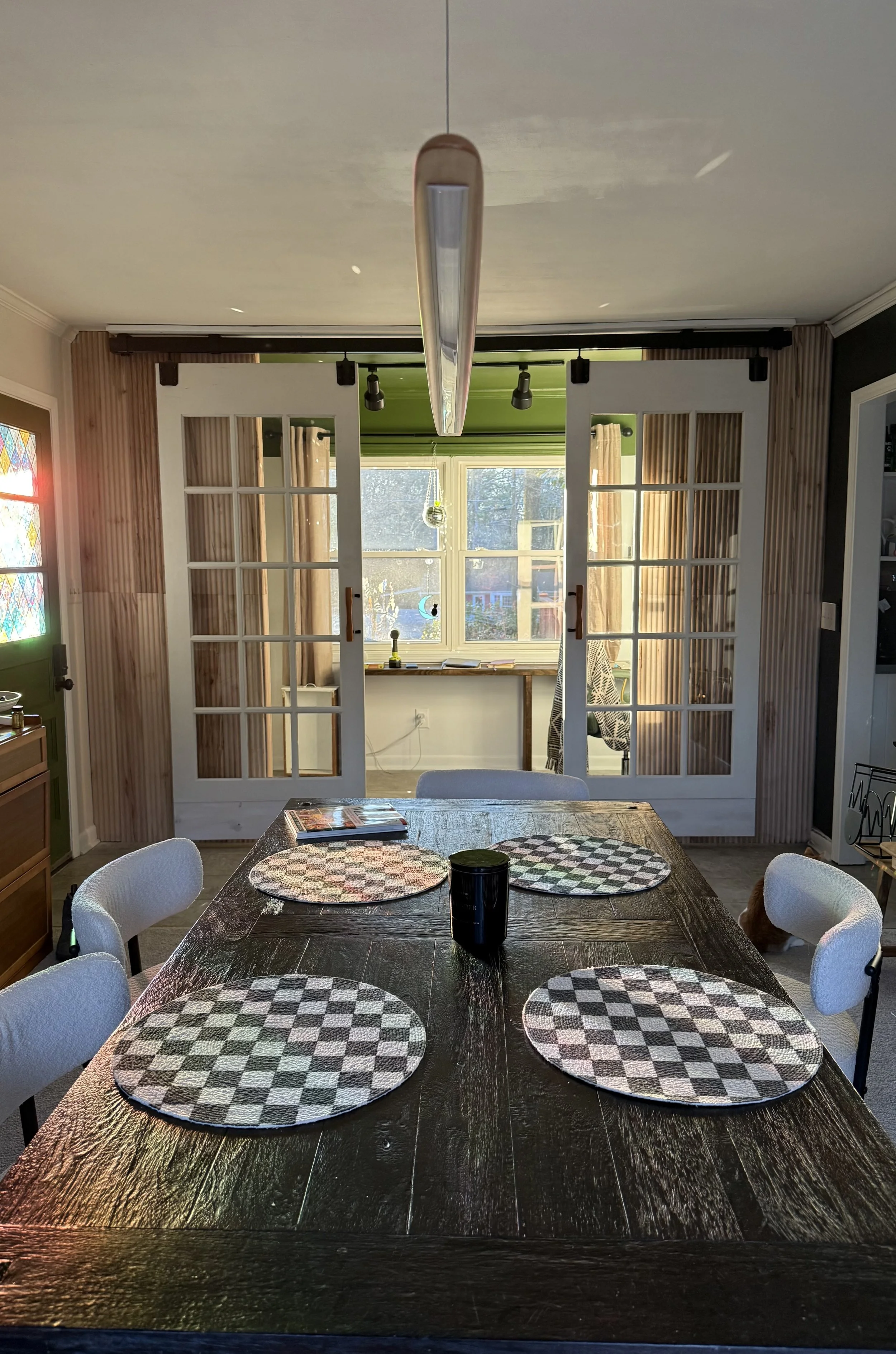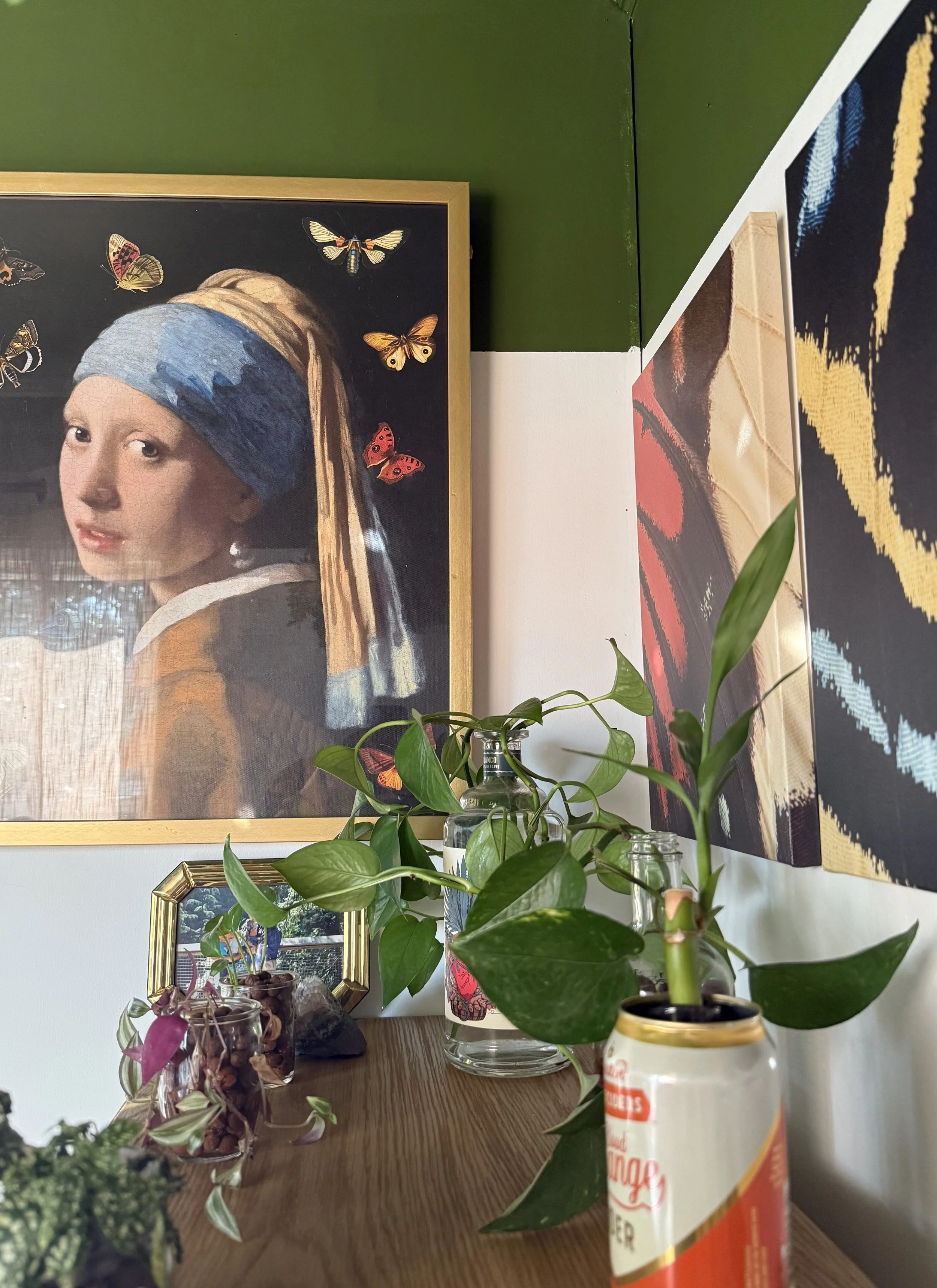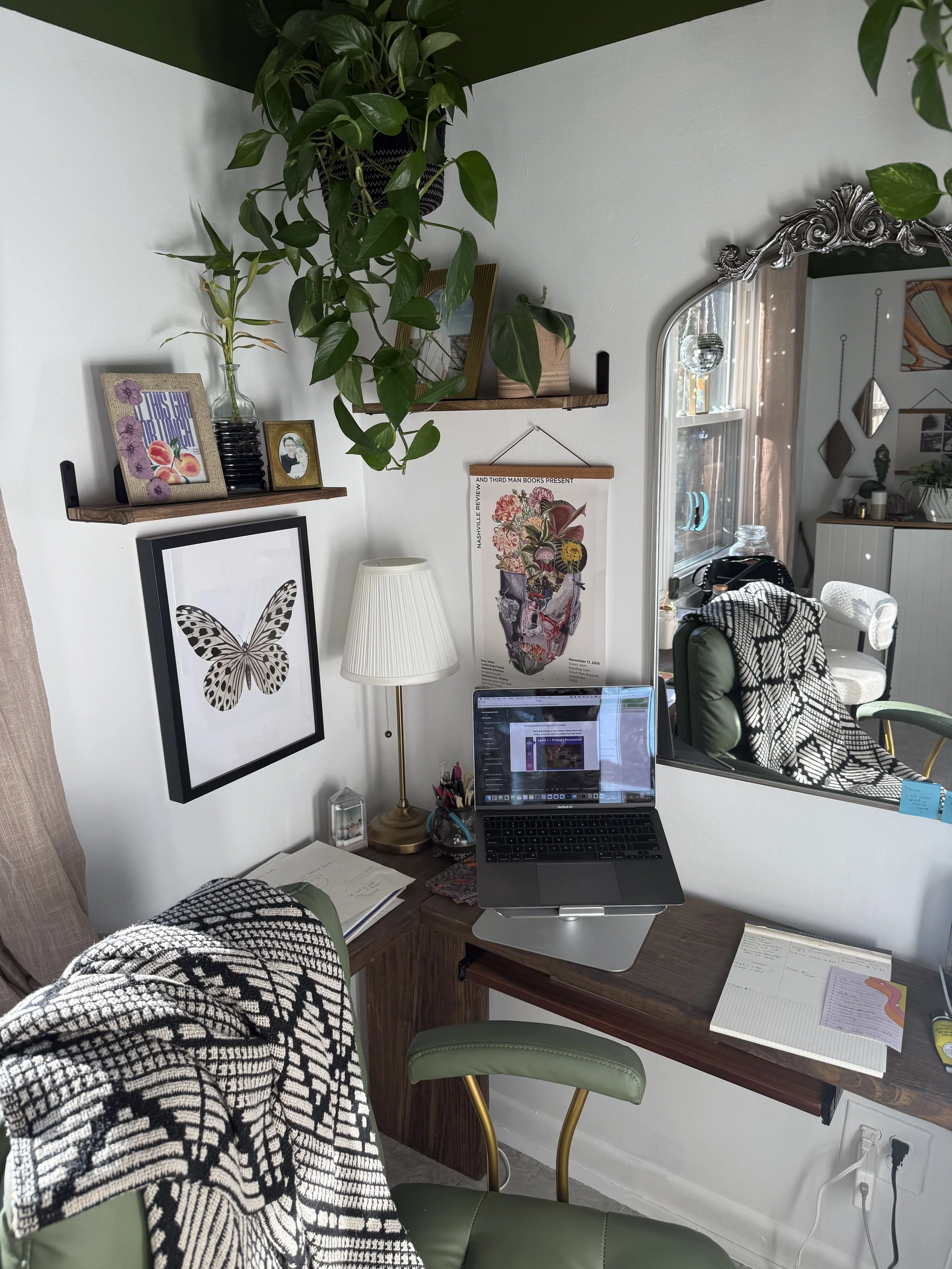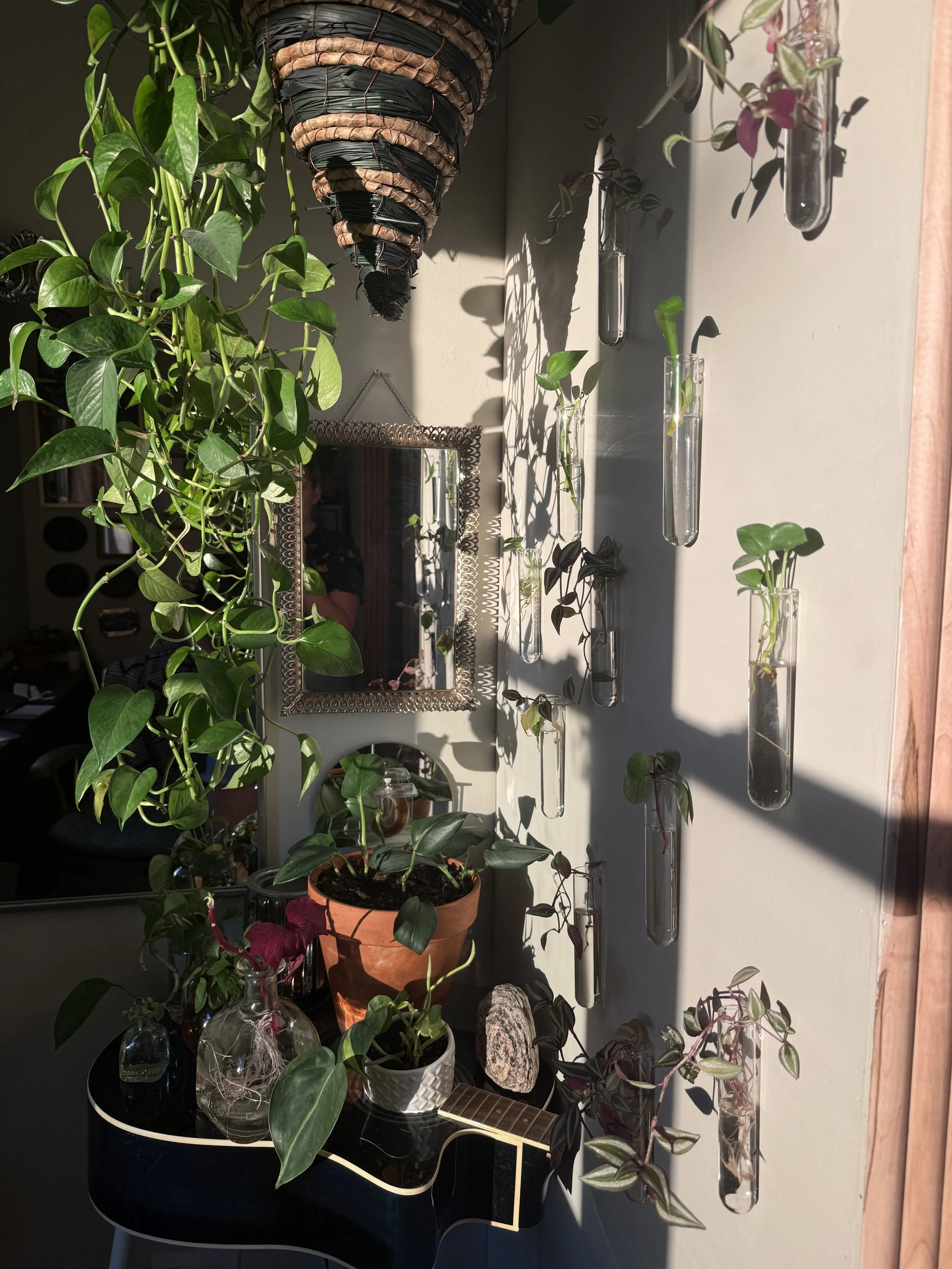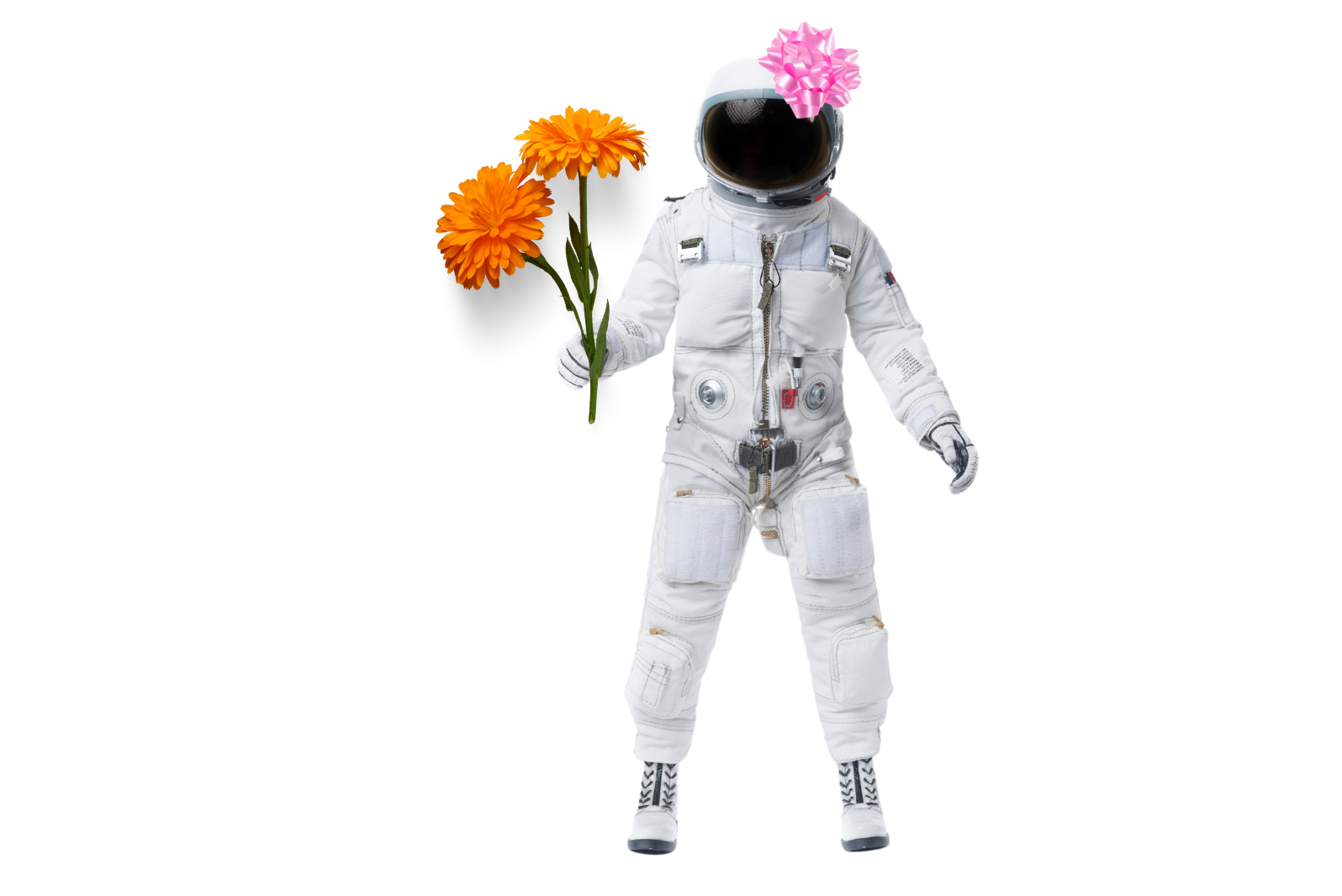
design that gives you life
I bring character back to spaces though pairing classic structural design with vibrant decor to bring life back to spaces.
Brainstorm
Want to bring life back to your home but not sure where to start? Start here.
Virtual
Moodboard, custom color pallet, layouts, mockup, and itemized list of hand sourced to set you up for success.
In person
Hand painted murals, sourcing, and install.
Based in Atlanta, willing to travel.
"I didn't realize how bad my office was until talking to you"
"I didn't realize how bad my office was until talking to you"
“I love talking to you, because your brain thinks the same way mine does”
“I love talking to you, because your brain thinks the same way mine does”
"You made working from home fun. I smile every time I walk into my office."
"You made working from home fun. I smile every time I walk into my office."
My philosophy
You’re home should feel like you, not a graige builder home with no personality. Whether you rent, own, have a vacation rental, or storefront, your physical space should vibrate with the frequency of you!

What others are saying
let’s work together
It all begins with a conversation. Schedule a free discovery call with me, and lets get going!
Resources

PRO TIP
“ADHD-friendly design isn’t about perfection. It’s about creating a system that’s harder to mess up than it is to maintain.”
Having ADHD is a lot like being an astronaut. You’re of the Earth, but you don’t quite operate by the same rules as everyone else down here. Neurotypical brains might thrive on gravity and routines, but your brain is built for zero-gravity thinking—floating free, exploring endless possibilities, and discovering solutions no one else could see. The same creativity that lets you dream beyond the stars can also make it tricky to stick to Earth-bound systems. But with the right tools and environment, your way of thinking becomes something uniquely beautiful—an approach that expands what’s possible

